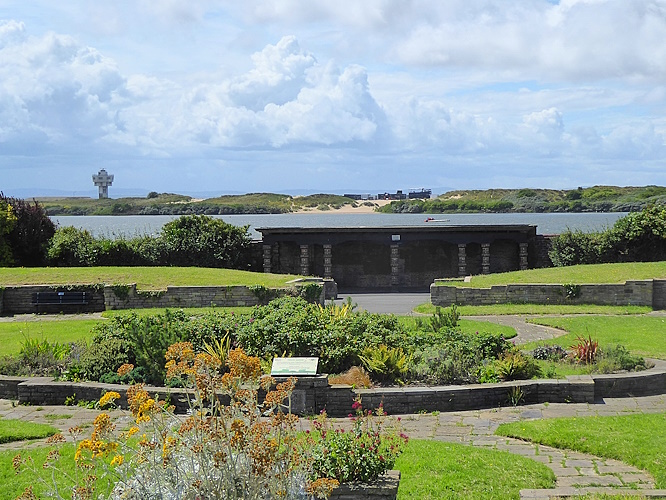
The coast at Waterloo isn’t just Crosby beach and the Iron men. Inland from the dunes is a row of early nineteenth century houses that were built on the seashore, fronted by four seafront gardens and a Marine Lake. It was too windy today for the beach, so we stayed around the garden area. The southernmost and oldest, Marine Gardens, was opened in 1932. It gets little attention from the council gardeners these days, but we found some interesting shrubs and trees just inside the gate and along the north eastern edge. The first was this shrub with yellow leguminous flowers and inflated pods. I had to look it up, and it seems to be Bladder Senna Colutea arborescens. The descriptions say “Leaves and seeds have purgative properties” so this must be the famous “Senna pods”.
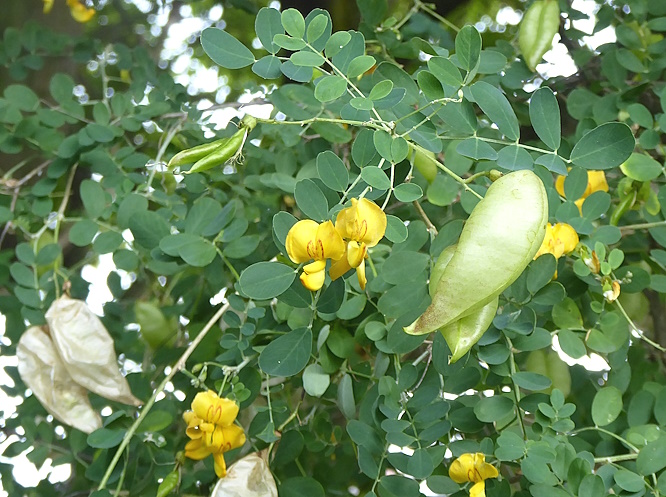
Next to it was a fully grown tree that I recognised as Box Elder Acer negundo. This isn’t an Elder at all and its alternative name is more sensible: Ash-leaved Maple. The seeds are clearly Acer-type, but the leaves aren’t like any Maple. This species is dioecious (separate male and female trees), and this is obviously the female tree, producing copious seeds. There must be a male tree around there somewhere, but we have never seen it. The male produces striking tassels of pink catkins early in the year. One for another time.
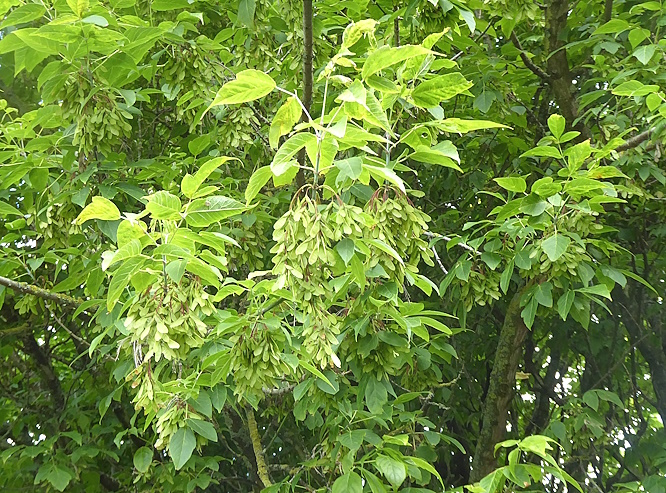
Just a little further along was a Pedunculate Oak smothered in Knopper galls. They are caused by the eggs and grubs of a parasitic wasp, which make the acorns develop into this overgrown knobbliness.
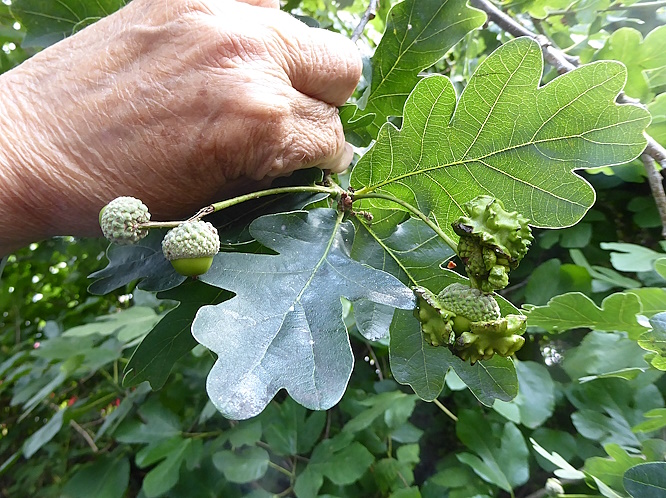
From the south end of Marine Gardens we poked our noses into the little nature reserve south of the sailing club. The MNA were here in late April and were concerned that one of the plants growing in the marshy ground below the boardwalks appeared to be Hemlock Water Dropwort, one of the UK’s most toxic species. Several people have asked the council about their policy on it, and whether it should be removed, but it was still there. Most of the stems were bent and broken by the wind, and the flowers have gone over, but the council must have decided to leave it, the “native plant in a nature reserve” argument clearly winning over any possible safety issues.
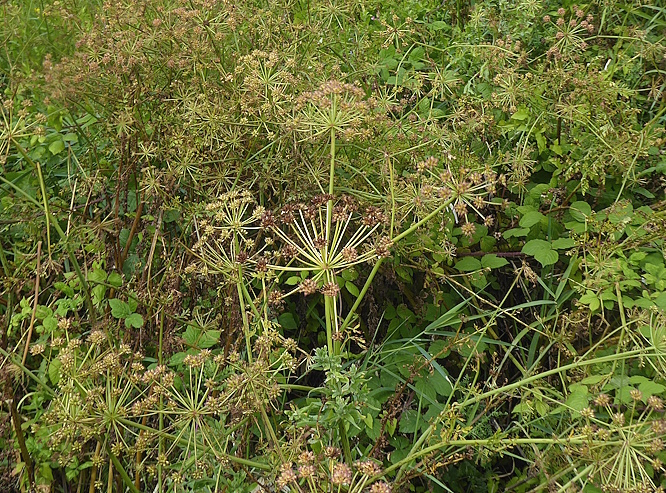
There was plentiful Great Willowherb, sedges and reeds, but no obvious birds. Low down we spotted a Speckled Wood butterfly and there was a Gatekeeper further along.
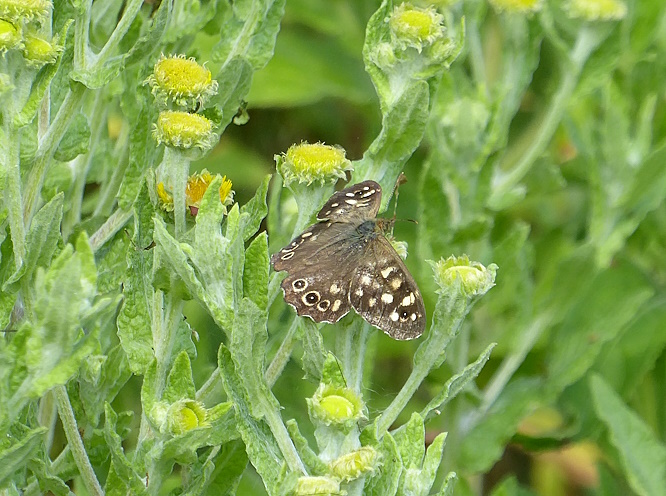
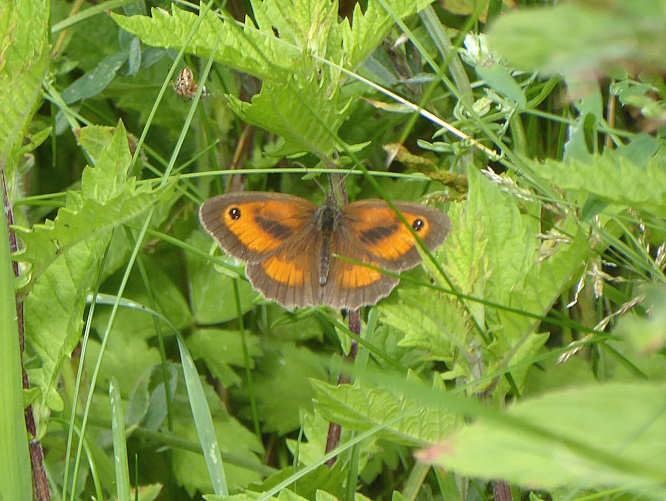
Out on the Marine Lake a keen windsurfer was taking advantage of the strong gusts.
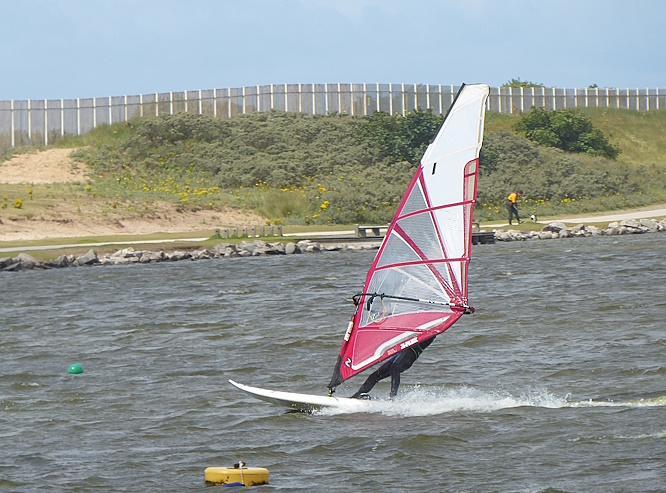
There were 11 Mute Swans on the Boating Lake, in full white plumage so not this year’s juveniles, but probably sub-adults of one or two years old. A flock of Canada Geese occupied the far end. A gang of juvenile gulls were hanging out together on one of the mounds.
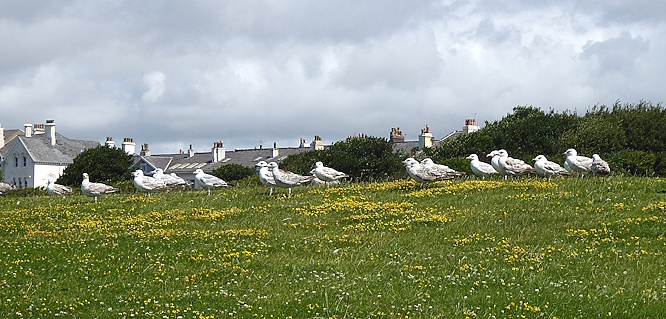
A bit further along a couple of dozen Black-headed Gulls were in another group, probably adults back from their far-flung breeding areas and starting to moult. They were accompanied by a few Starlings.
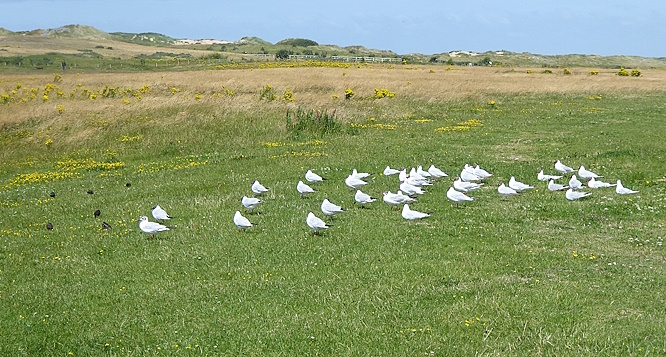
In Adelaide Gardens a blackbird had a worm, and a colony of House Sparrows cheeped cheerfully. One of our goals today was to look in the pond in the northernmost garden, Beach Lawn. This spring it was found to have a colony of the rare Small Red-eyed Damselfly, only the third site in Sefton.
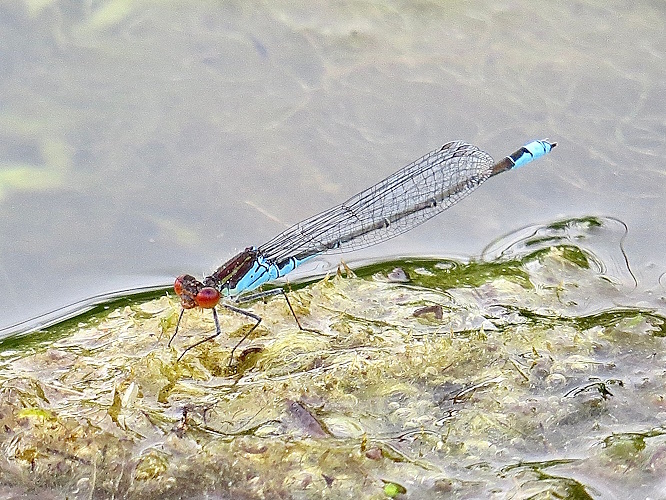
The species is another that has moved north from the Continent in the last 20 years. It is a very tiny creature, only 11mm long (half an inch) so is easy to miss. We looked and looked, but there was no sign of them. The sun was out, but perhaps it was too windy for them.

We returned to Waterloo Station through Crescent Garden, and I walked home through Victoria Park. On the edge of a path was a part-complete Fairy Ring of toadstools.
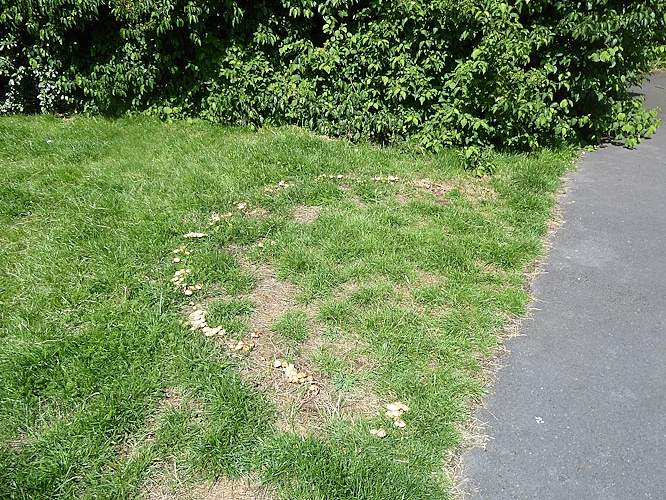
On my Buddleia at home was the first butterfly seen on it this year – a Small White. What a sad comment on our times that seeing three different butterflies on one day could be considered special.

Public transport details: Train from Central at 10.08, arriving Waterloo 10.23. The next train for the others was the 13.39 from Waterloo, arriving Central 13.58.
